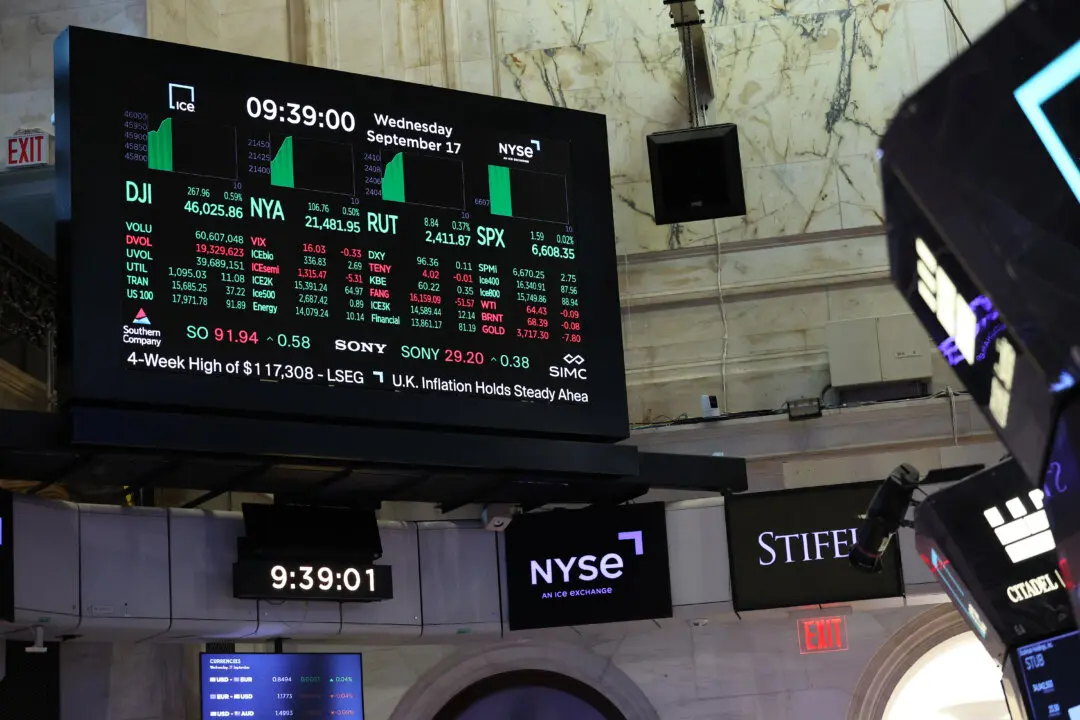The Secure 2.0 Act of 2022, a bipartisan retirement savings law, was signed into law by President Biden on December 23, 2022. As part of Secure 2.0, workplace savings plans will be expanded, retirement account contributions will be rewarded, and retirement tax incentives will be reshaped.
As a result, retirement savings accounts will undergo numerous changes for years to come as a result of the retirement savings law. For example, tax breaks are available for 401(k), 403(b), Roth, IRA, and CAL accounts, among others. Obviously, these changes could have a significant impact on your retirement savings and personal finances.






